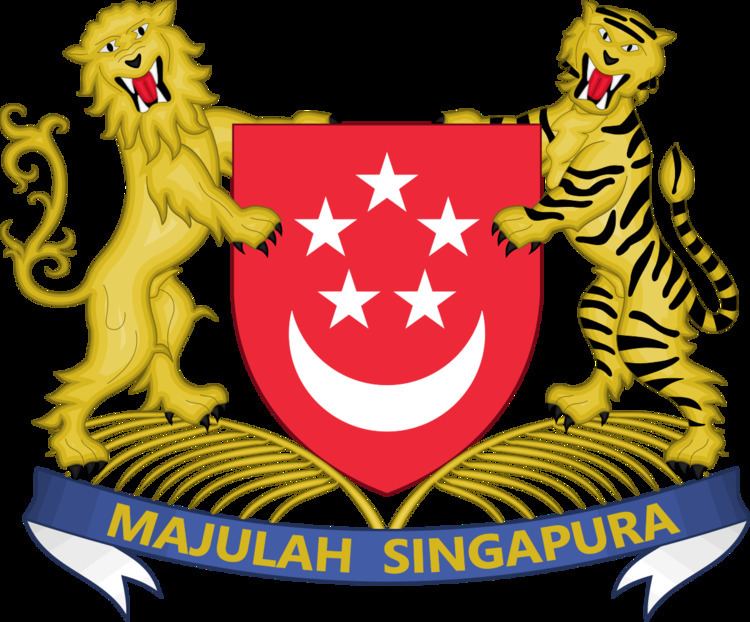 | ||
Constituencies in Singapore are electoral divisions which may be represented by single or multiple seats in the Parliament of Singapore. Constituencies are classified as either Single Member Constituencies (SMCs) or Group Representation Constituencies (GRCs). SMCs are single-seat constituencies but GRCs have between four and six seats in Parliament.
Contents
Group Representation Constituencies
Group Representation Constituencies (GRCs) are a type of electoral constituency unique to Singaporean politics. GRCs are multi-member constituencies which are contested by teams of candidates from different political parties. In each GRC, at least one candidate or Member of Parliament must be from a minority race: either a Malay, Indian or Other.
In 1988, the ruling People's Action Party (PAP) amended the Parliamentary Elections Act to create GRCs. The current Act enables the President, acting on the advice of the Prime Minister, to create a GRC from three to six electoral wards. In creating GRCs the President is advised by the Elections Department. The initial maximum size for GRCs was three candidates, but this has subsequently been increased. In the 1991 Singaporean general election, the maximum number of candidates was raised from three to four. In 1997 the maximum number of candidates was further raised to six.
GRCs operate with a plurality voting system, voting by party slate, meaning that the party with the largest share of votes wins all seats in the GRC. (This means that even with a one-vote plurality or majority, the winning team gets to win the whole GRC.) All Singaporean GRCs have had a PAP base.
The official justification for GRCs is to allow minority representation. Former Prime Minister Goh Chok Tong argued that the introduction of GRCs was necessary to ensure that Singapore's Parliament would continue to be multiracial in its composition and representation. Opposition parties have criticized GRCs as making it even more difficult for non-PAP candidates to be elected to Parliament. The money required to contest a GRC is considerable as each candidate is required to pay a S$16,000 deposit. This means that contesting a GRC is very costly for opposition parties. The presence of Cabinet Ministers in GRCs is often believed to give the PAP a considerable advantage in the contesting of a GRC. The PAP has used this tactic to its advantage on several occasions. Rather than stand in an uncontested GRC, in 1997, then-Prime Minister Goh Chok Tong shifted his candidacy to where the PAP believed they were most vulnerable, which was the Cheng San GRC. The opposition has charged the government with gerrymandering due to the changing of GRC boundaries at very short notice (see below section on electoral boundaries).
Critics have noted that Joshua Benjamin Jeyaratnam won the 1981 Anson by-election in a Chinese-majority constituency, and that since the GRC system was implemented, minority representation in Parliament has actually declined.
Boundaries and gerrymandering allegations
The boundaries of electoral constituencies in Singapore are decided by the Elections Department, which is under the control of the Prime Minister's Office. Electoral boundaries are generally announced close to elections, usually a few days before the election itself is announced. There have been accusations of gerrymandering regarding the redrawing of electoral boundaries and the dissolving of constituencies that return a high percentage of votes for parties other than the ruling PAP.
One of the cases that is often cited as evidence for gerrymandering in Singapore is the case of the Cheng San Group Representation Constituency (GRC). In the 1997 Singaporean general election, the Cheng San GRC was contested by the PAP and the Workers' Party of Singapore (WP). The final result was very close, with the PAP winning by 53,553 votes to the WP's 44,132 votes. By the time of 2001 general election the Cheng San GRC had been dissolved. Despite the disadvantages assumed by the opposition party in Singapore, the Workers' Party of Singapore made history in 08/05/2011, with the first take over of Aljunied GRC during the General Election 2011.
